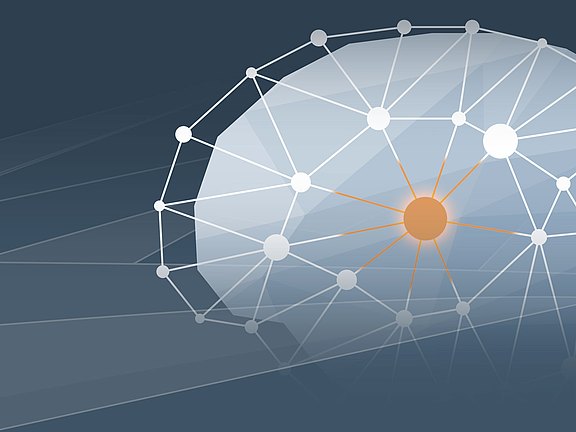There is no straightforward answer to this question, although everyone thinks they know what it is. Just one example: a search for the most innovative companies in 2017 shows that there are two completely differing perspectives. The Forbes list of the 50 most innovative companies does not include a single German business. By contrast, a study by a major international consultancy firm has Siemens ranked as the top Germany company in 21st place. Which one is correct? They both are. This is because there is no standard definition of innovation. The term innovation, or invention, emerged back in the year 200 AD and meant change or renewal. The term has transformed over the centuries. In the early 20th century, Schumpeter gave consideration to the term innovation again and defined five types:
- The manufacture of a new product or new product quality
- The adoption of a new, previously unknown production method – but not necessarily based on an invention
- The development of a new sales market where a line of industry had not previously been "introduced" - irrespective of whether this market was already in existence or not
- The opening up of a new source of supply for raw materials or semi-finished products
- A process of reorganisation, such as the creation or abolition of a monopoly position
What all these types of innovation have in common is that they emerge spontaneously and intermittently. Only then can we speak of innovation. In this context, there are numerous opportunities for a company to be innovative.
A second key aspect of innovations relates to the various cycles that are determined by an innovation. Innovations that bring about profound changes in virtually all spheres of life, in turn triggering further innovations, are referred to as fundamental innovations. Speculating whether something has the potential to be a fundamental innovation involves a good deal of presumption, as this can only be accurately judged in retrospect, i.e. after around 2 generations. A second innovation cycle is driven by investments in new means of production. A new product or process is implemented using new methods. Depending on investment volumes, this cycle takes between 6 and 12 years. Lasting just 3 to 6 years, the third innovation cycle is also the shortest. In this case, the driving force behind innovation is the expectation of quick profits.
So when we talk about an increasing pressure to innovate we are actually referring to the pressure on companies to increase their short-term gains through innovation. Applied to Schumpeter's five types of innovation, this means:
- Which product/service can I develop within a maximum of three years to achieve additional profits?
- Which production process – including in new combinations – will give me a short-term cost advantage?
- How can I quickly tap into a new sales market?
- What potential does the supplier market offer me in terms of new procurement sources?
- How can I quickly achieve a unique selling point?
With its approaches to Design2Value, smart product creation, agile working methods and new business models, INNOand provides the right instruments to respond to these questions.

